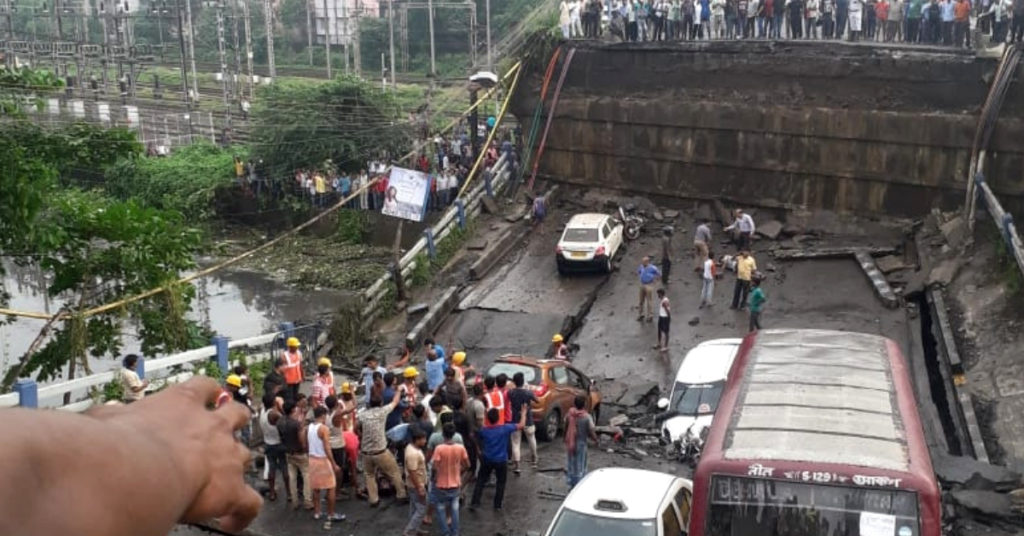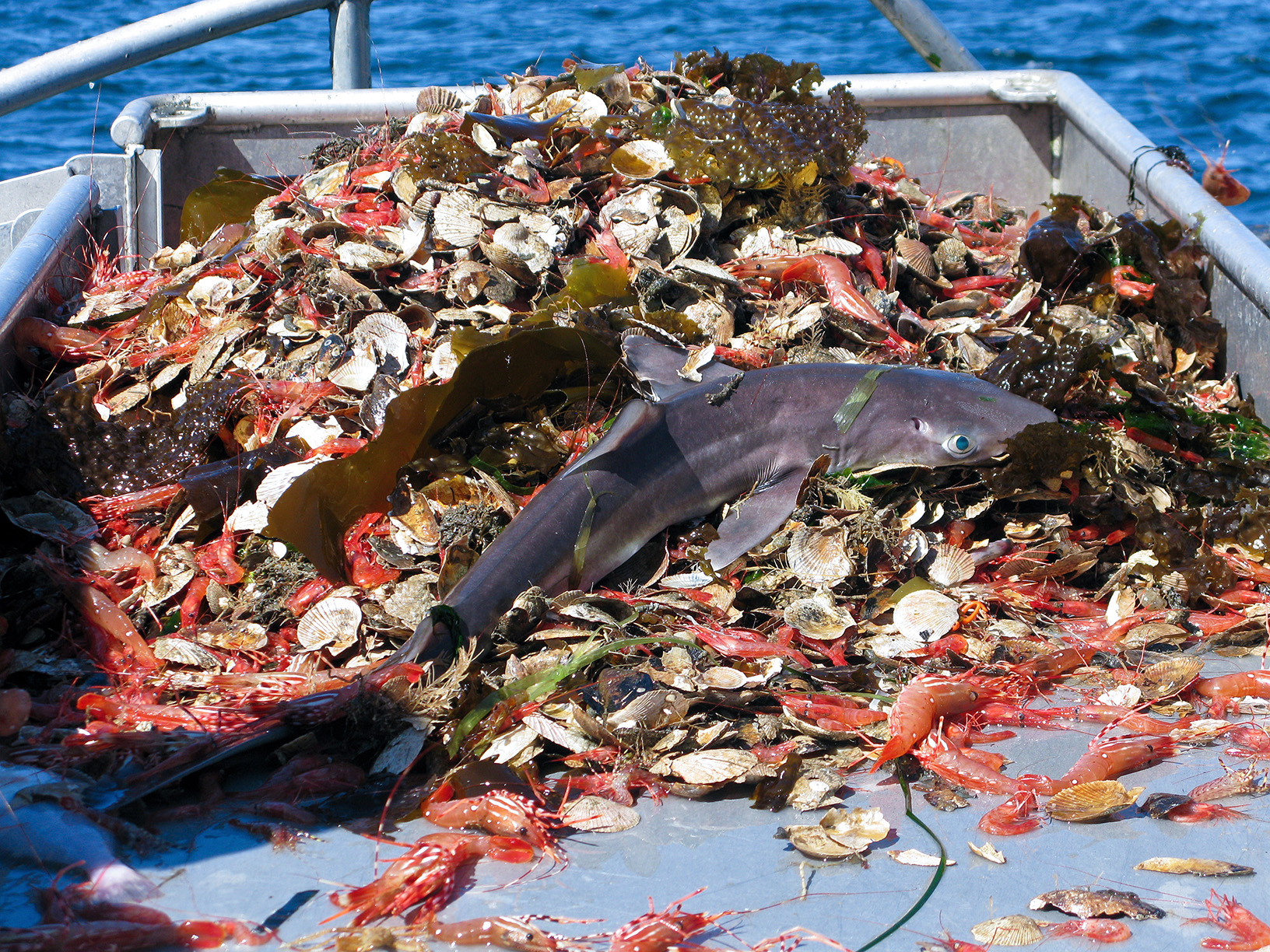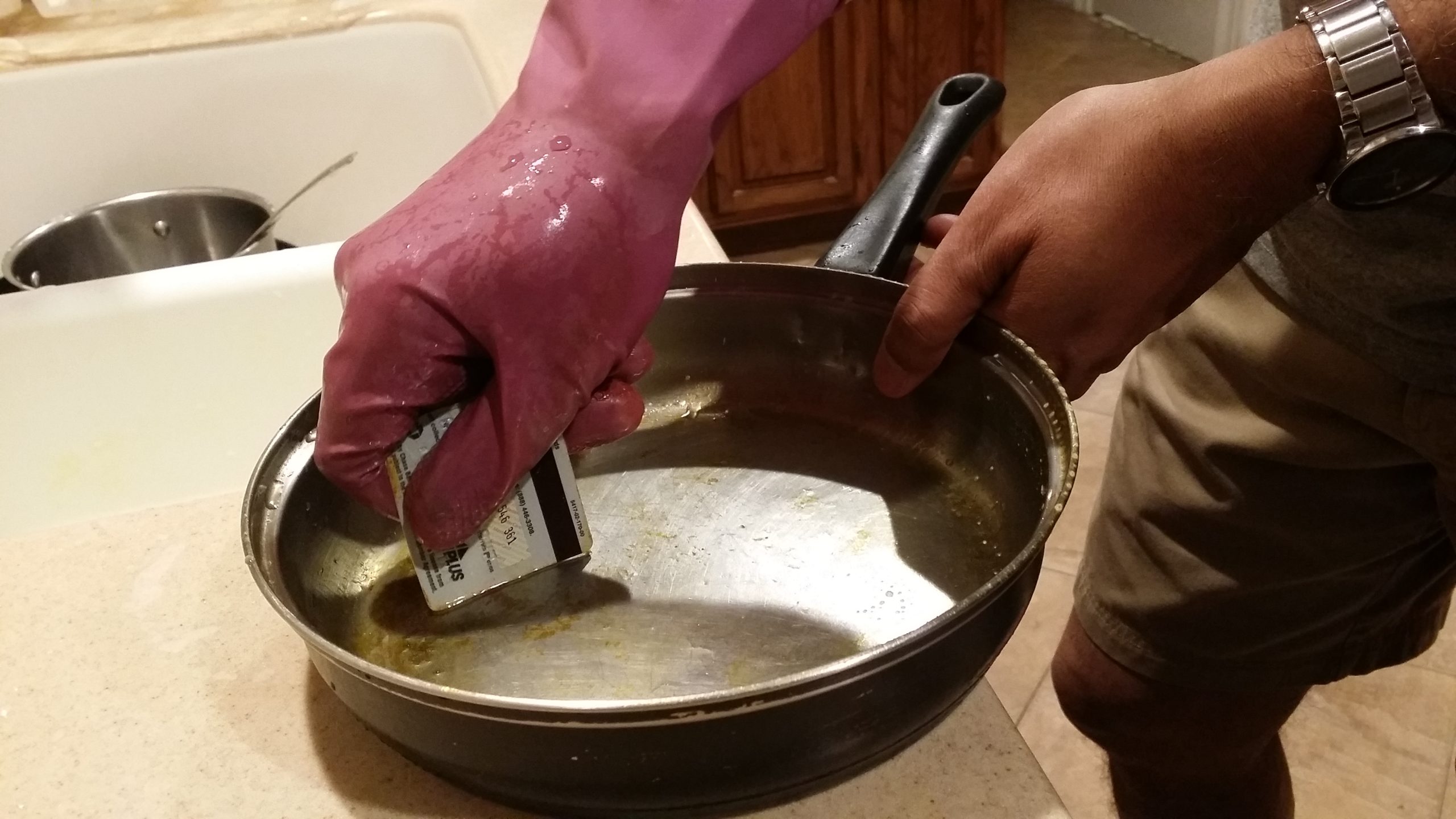Didn’t it break your heart when you learned of the collapse of the Majherhaat bridge in Kolkata, a couple of months back? It must have, just as it did mine as I read it online, sitting across the globe, in Houston, in America.

Unfortunately, it’s not the only bridge collapse we’ve heard of in India. Nor is it the last one to happen unless we do something concrete about it. As a retired mechanical engineer, at the ripe age of 89, I’ve analyzed the simple reasons that bring bridges down. The good news is—it’s completely avoidable. The bad news is that “simple” is not necessarily “easy”. But with some consistent effort, it’s possible.
In my career with multinational companies and building up my own engineering business, I’ve had decades of association with construction materials. A few but significant safeguards usually ensure the durability of whatever one builds.
Let me explain the possible causes that lead to these terrible collapses that rob us of lives, money, and time. I have tried to use the simplest non-technical language as far as possible to make my views understandable to the public.
The essential point is this—bridges and overpasses are expected to last forever if designed correctly in terms of projected long-term traffic. They will last forever if constructed with the right codes, right materials, and finally reinforced with the right kind of steel rods. Good examples are aplenty, the world over.
Why do bridges and overpasses/flyovers collapse?
- Faults in designs – Besides overlooking the code and norms, most bridges in India are rather quickly propped up without much consideration about the projected traffic for the coming 50 or even 100 years. Most often, the surface slopes are not done meticulously to prevent water accumulations after a rain. Water keeps seeping through the cracks and rust the iron beams that hold it together.
There ought to be a system of more than one layer of scrutiny in the entire building process, to cross-check and certify, by independent experts from relevant and reputed organizations or consulting firms.
- Faulty basic materials including shutters – Using substandard sand, gravel, cement and reinforcing rods is shamefully common in India. Fine sand is often mixed with salty sea sand, increasing the rate of corrosion of the iron beams inside. Gravel’s texture is disregarded, and so is cement quality. The rods designed for bridges need to be of a specific diameter. Supplementing them with thinner rods, and that too rusty ones, can make the bridges weak right from the start.
Reinforcing rods are the backbone of bridges. Their rusting must be avoided at all costs. Rusting of the beams lead to thinning, and it’s unnoticeable from outside. This corrosion happens slowly over years, as the rainwater seeps in from the road surface through the cracks due to poor construction wearing down the effective thickness. Ultimately, rods give way to disaster. Spiral rods are expected to offer better strength, but at the same time the chances of rust formation on them is higher due to their shape causing more moisture entrapment.
In India, we’ve all seen reinforcing rods lying around in a construction site, without a care. Without any coating of rust-preventive red oxide paint, these simply take in the elements, especially humidity and rain. Iron has a natural tendency to return to its original form, the red rusty compound found in rocks prior to extraction as ore. So, it continuously wants to interact with the moisture in the air or holds on to the rainwater to create a rusty layer, unless protected with red oxide paint. If this process is allowed to continue, the gauge keep getting thinner as the outer rusted layer crumbles away.
In the USA, or for that matter all the developed nations I have been to, I have seen painted reinforcing rods made from precast reinforced beams arranged in organized columns waiting for installation. No construction materials are seen lying around unprotected.
Special care must be taken for reinforcing rods. All new rods must be scraped and cleaned thoroughly, and applied with one coat of good quality red oxide paint. These rods need to be inspected thoroughly and certified by a responsible person. Otherwise, those rusty rods puff up and create pressure in the inner parts of the concrete beams, hastening their rupture all the more.
- Improper construction materials – Improper shutter materials (encasement for poured concrete) is made of poor quality timber. Not only so, their construction is also poor. Ideally these should retain water when concrete is being poured into them. But leaking shutters are quite common. These shutters should ideally be made of high-quality steel to prevent any seepage. Until use, their safekeeping from the weather should be ensured at all costs for the same reason mentioned above.
- Inadequate overlaps of reinforcing rods – The reinforcing iron rods, I mentioned earlier as the backbone of bridges, need to be overlapped in a certain way for maximizing their ability to hold up the bridge. I’ve caught insufficient and incorrect overlaps of two collapsed building columns in Mumbai several years ago. At one instance, I have even seen a gap of few inches between two rods that were supposed to be overlapping within the column. With such defects that go overlooked, how are pillars and arches of the bridges expected to hold up the weight of traffic?
- Inadequate consolidation of concrete mix while pouring due to improper use of the vibrator. Concrete when poured into the molds around the reinforcing rods need to settle down so tight and thick that water cannot penetrate inside and reach the iron rods. For this purpose, a vibrator shakes up the heavy sloth-like mix to settle down well into every crevice leaving no air spaces between the particles. Careless use of the vibrator or not using it well enough creates innumerable void spaces when concrete is poured. These voids cannot be corrected from the outside once the concrete hardens. The structure therefore remains incorrigibly weak, just waiting to collapse someday. Plastering on the outer surface is only an eyewash which fools the onlookers without adding any strength to the porous concrete.
Concrete is one the strongest mixture man has discovered so far. A beam with no trapped air spaces can withstand all kinds of weather and pressure through time. A porous concrete beam on the other hand can hold water like a pumice stone, allowing it to rust the iron rods and thin them down in no time.
Pouring of concrete mix and using the vibrator effectively for compaction of the poured mixture must be done in the presence of an engineer whose name and signature should be recorded for quality assurance purposes.
Let me relate a case of preventing a massive bridge failure. Somewhere around 1980s a 3-km-long bridge was built linking Mumbai and New Mumbai. Within ten years reinforced concrete side rails showed rusting and cracking due to their exposure. After a thorough inspection, it was decided that a new bridge had to be built next to it before this bridge gives way and crumbles. After opening this new bridge, the old one was torn down. Timely corrective measure prevented a major disaster. This is a glaring example that cracked reinforced concrete bridges and over-passes can’t be repaired.
- Lack of proper stage-inspection – As you may have figured by now, there are too many components to be checked off and dozens of specifications to be adhered to in a construction project. In India, unfortunately, the system of scrupulous inspection and audit is completely disregarded. There is no inbuilt provision of regular third-party stage inspection by senior engineers of an autonomous regulatory body. Even if there are, their skill and zeal for accountability is often questionable.
Ideally, there should be a system of thorough inspections at every stage in the entire process starting from design, planning, material supply and management, completion of each stage of the execution, and all the way up to clearing and cleaning the site after completion.
Unless all the above precautionary steps are taken, there cannot possibly be a flawless quality in construction. Now, that being said, we have to broach the most vexing part in the construction process. Since decades, we’ve accepted corruption and construction to be like Siamese twins. All public civil engineering projects are capital intensive. Civil engineering contracts worth hundreds of crores of rupees are sanctioned by political leaders for their ill-gotten gains. Getting even a slim slice of this booty could make lakhs for the people involved.
Corruption has a huge stronghold in the public works departments (PWD) across the country. It can be a big pricy tag affecting life, property, and public money. It’s common knowledge but nobody comes forward with a bold statement. I congratulate retired chief engineer of the government of West Bengal, Mr. Mrinal Mukherjee. In his bold letter to the editor of Anandabazar Bazar Patrika on September 10, 2018, titled ‘Why roads can’t survive’ he says, “Above all, there is corruption in the concerned department, and forcing payments of on-money to different political parties.
Hardly 50 to 60 percent of the total money is actually spent on the job. In such a scenario, how can we only blame the small-fry contractors for supplying substandard materials.” Further, on-money is given in cash while contractors are paid by cheques.
There are agents through whom such transactions are carried out for which commissions are paid to the money agents by the contractor. The contractors, therefore, make their own two pices through the supply of sub-standard materials, hiring inexperienced workers and adopting quicker construction process flouting all codes and procedures.
Collapses are preventable, provided political parties, particularly ruling parties, follow correct procedures. Voters must know this. I have only brought some details for public awareness and possible action by concerned citizens and activists. The system might seem insurmountable right now, quite like the challenge of putting a bell on the cat, but if all citizens jointly appealed for straightening up the system, it is not altogether impossible either.
If you’re wondering why no professional independent investigators come forward to investigate these massive structure failures, let me tell you that it’s common knowledge that the so-called experts are either pawns in the game or are too scared to raise their voices against a corrupt gargantuan system that involves politicians, especially from the ruling party, unscrupulous big businesses, and petty underworld goons. The truly skilled and honest ones, and there are only a handful of them, usually choose to stay away from the system.
Can they be blamed for that? It’s little surprise if this corrupt system even harms them if they chose to be involved and push for stringent specifications over quality control and compliance. Or if they chose to be vociferously outspoken when contractors at any stage are not compliant. Hasn’t history highlighted many cases where public prosecutors had to be given personal protection while arguing court cases in a just manner?
Investigation reports are writ with delays. Why so? Well, in most cases, record keeping of files is improper and needs much fixing before submission. The outdated filing system of the British is still used in India. If the clerk-in-charge is absent, files cannot be traced. When I joined British chemical giant ICI in Calcutta in 1958, my first job assignment was to familiarize myself with the filing system. It was required of all new engineers so that they could locate all relevant papers themselves.
I’ve always felt exasperated at the tradition of recruiting engineering college professors as experts for construction inspections. Unfortunately, knowledgeable though they are on engineering theory, they do not have any practical experience of day-to-day field work. Academic success is often poles apart from practical field work. During my work life spanning decades, I was involved with a wide variety of projects and problem solving, all while my four brilliant batch-mates were heading engineering departments in IIT (Kharagpur and Bombay).
With all due respect to them, I realized during my interactions with them over the years that they had no idea of some of the practical daily issues we faced in the fields of our construction jobs. Huge procurements and shipments of materials, its management and safe-keeping, implantation of a humongous plan in a mega project is beyond the purview of their job experience of classroom lectures and grading.
Hiring experts who are thoroughly aware of the realities and challenges of executing a flawless project, who can recognize a misstep right at the onset and take corrective measures would be the best bet to ensure durability of a structure.
I hope that concerned citizens will read this letter and raise their rightful voice to demand safety and predictability of road travel and share this knowledge across the nation. It’s time we all stood up to claim our right to live safely, free of narrow-minded self-interest of a few corrupt money-mongers.







0 Comments